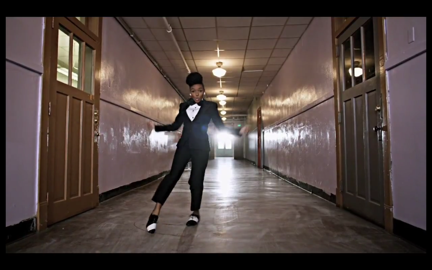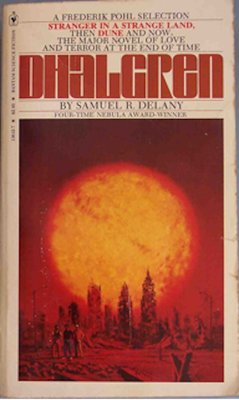The year is 1974, the place is Central Park. The jazz musician and iconoclast Sun Ra appears in the park’s band shell “with a hundred musicians, including six drummers, ten bass players, ten trumpets, ten trombones, and three French horns.” … Continue reading “Utopia in Black”
Tag: Afrofuturism
Vampires and Cyborgs: Transhuman Ability and Ableism in the work of Octavia Butler and Janelle Monáe
moya baileyThe afrofuturist dystopic visions of Octavia Butler and Janelle Monáe tip on the tightrope of critical disability studies through the possibilities and limitations they reveal for post-human bodies. In Butler’s speculative fiction, disabled characters are gifted with transhuman abilities … Continue reading “Vampires and Cyborgs: Transhuman Ability and Ableism in the work of Octavia Butler and Janelle Monáe”
Speculating Queerer Worlds
Alexis LothianScience fictions never present the future, only “a significant distortion of the present,” as Delany wrote in 1984. But they also distort the present of anyone reading at any time, even the text’s own future. The contours of Dhalgren’s disintegrating city belong to the wake of 1960s countercultures and social movements, to a sexual and racial moment whose history uninformed new generations of readers will learn as they read, even if they fail to recognize it. Sexual pleasure in Delany’s work links the past and present and lets a different future feel possible, even when it takes place within structuring limitations.




